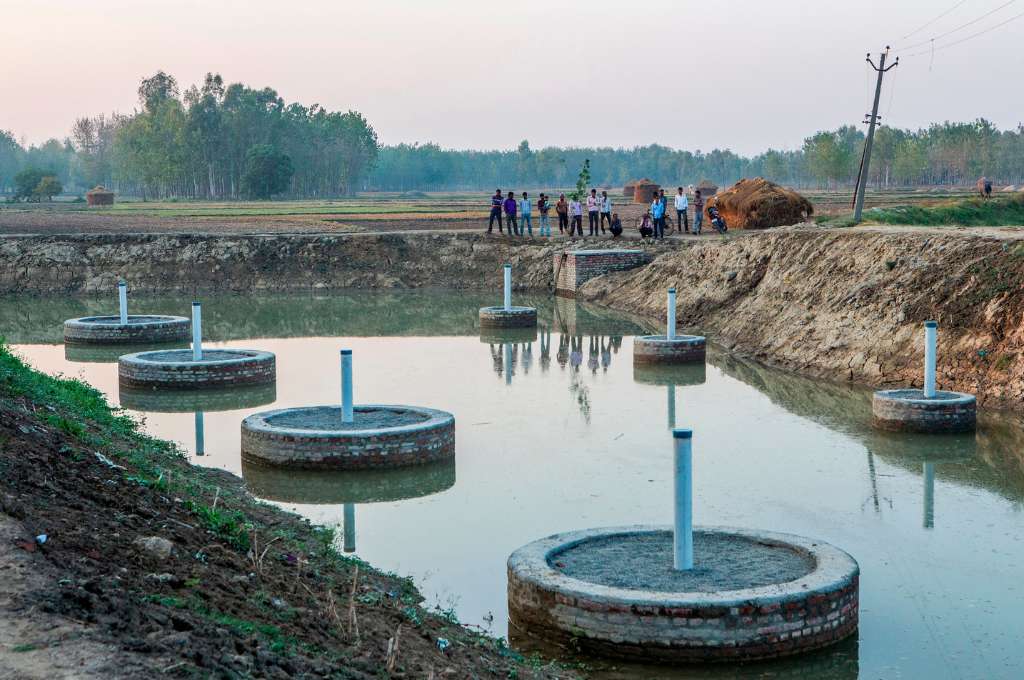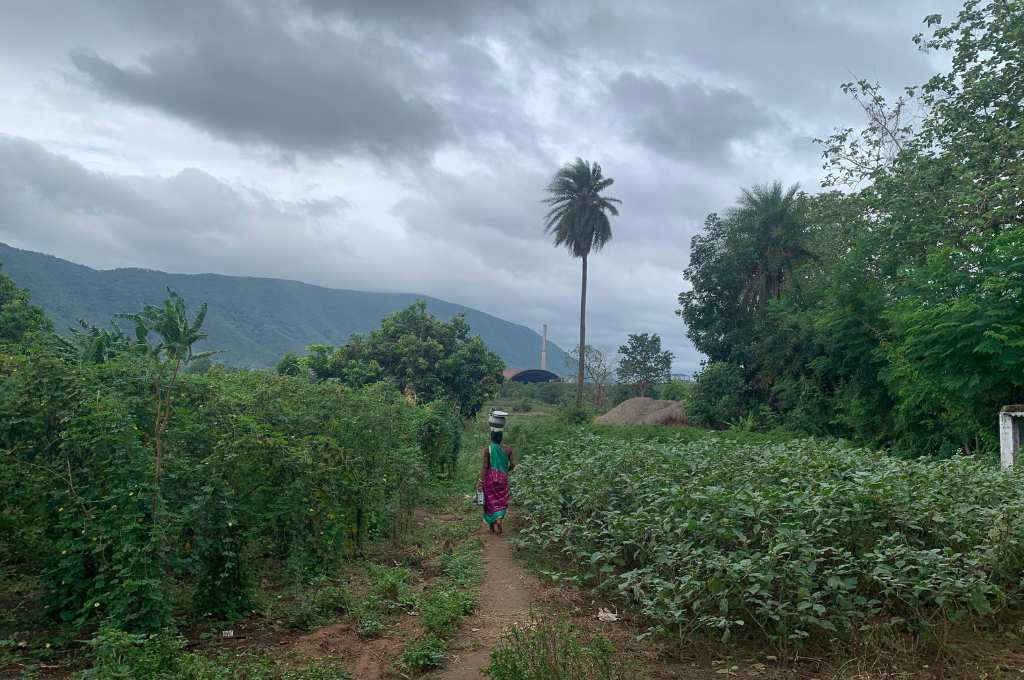India will face severe water stress by 2030 if we continue to consume water at current rates. Depleting groundwater, coupled with changing rainfall patterns, is compounding the country’s water woes. Amid the ongoing crisis, nonprofit organisations are stepping up efforts to address water security. Supported by Hindustan Unilever Foundation, and in collaboration with farmers and local communities, they are implementing a range of strategies to reduce water usage in agriculture.
Since India has a diverse geography and many social systems, the approaches taken vary from one region to the next. This photo essay documents the efforts of five nonprofits from across the country.
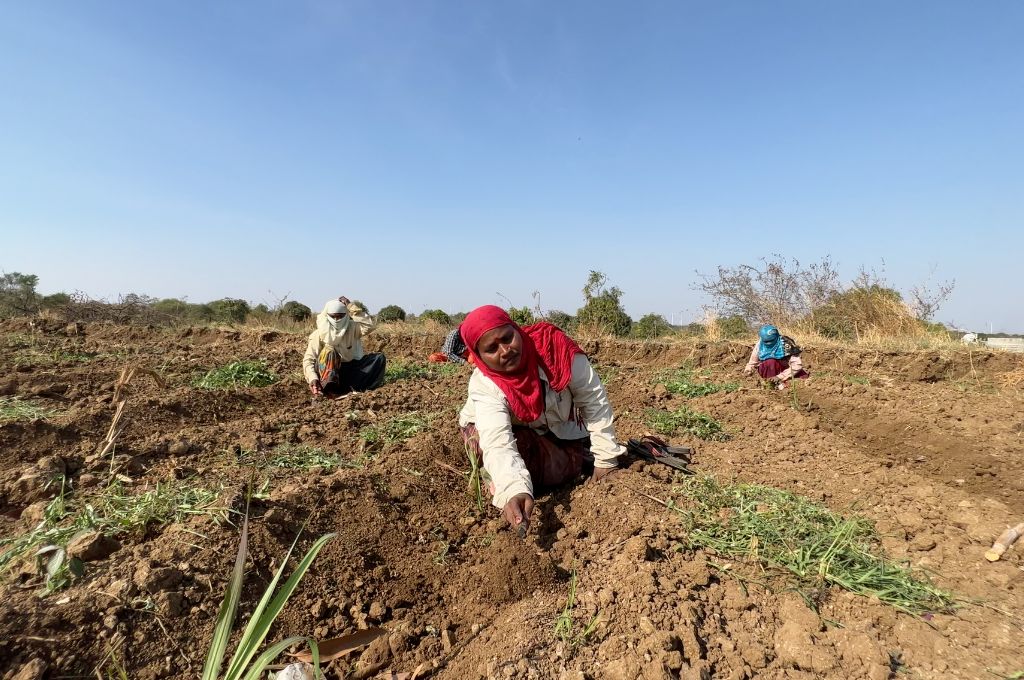
Osmanabad is an aspirational district in Marathwada, a drought-prone region in Maharashtra. Rainfall is irregular, which makes agriculture challenging and directly impacts both income and food security. The pervasive cultivation of cash crops in the area further depletes groundwater levels.
Swayam Shikshan Prayog (SSP) works with women farmers to help them practise an innovative model called one-acre farming. It started with six women who used 0.5–1 acre of their family land to grow food crops such as vegetables, millets, and pulses—the cultivation of which ensured food security for their families. The women relied on bio-inputs and therefore did not have to spend large amounts on chemical inputs. In addition, they sowed crops that require less water and used sustainable techniques such as drip irrigation and sprinklers. The success of this approach has led to its adoption by thousands of women, who demonstrated the model’s benefits to their families and started practising it on larger plots of land. Eventually, SSP helped women farmers widen their market by setting up a farmer producer organisation.
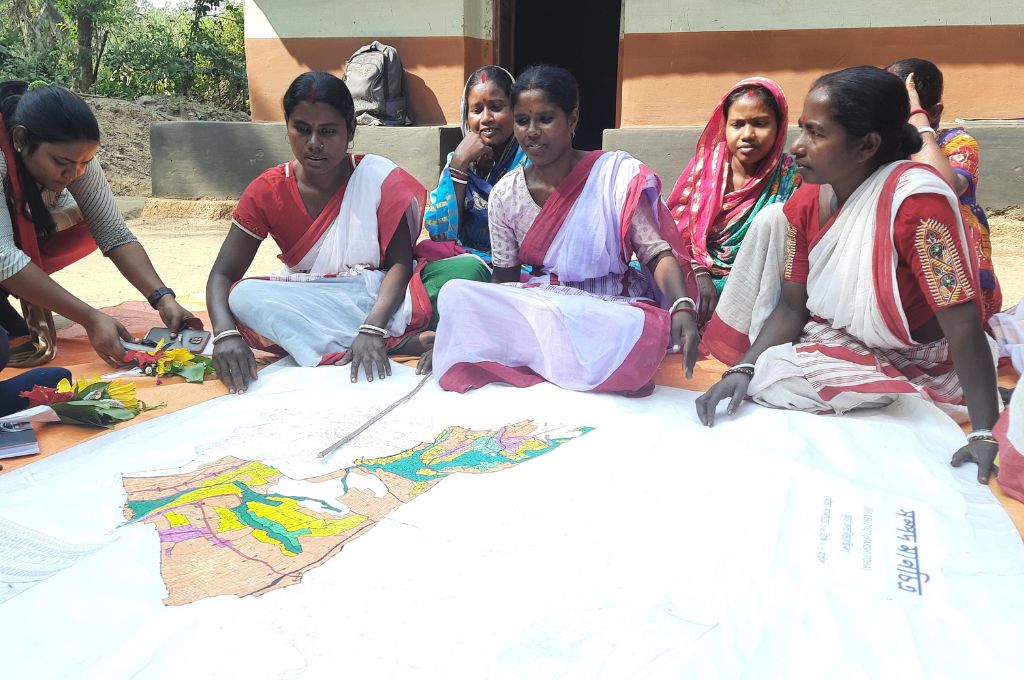
Professional Assistance for Development Action (PRADAN)’s work in the plateau regions of West Bengal faced a different challenge. These areas have an undulating topography, and high rainfall and deforestation in the region have led to heavy soil erosion. This has impacted the lives and livelihoods of the tribal communities that live here. While the state government made efforts towards watershed development, there was an urgent need to include locals in designing the solutions meant for them.
PRADAN worked with women’s self-help groups (SHGs), village-level organisations, and cluster-level federations to engage the community in the process. They gathered and discussed their challenges—from food security to water scarcity—and gradually came up with the solutions that worked for them. PRADAN also set up a project management unit to coordinate between grassroots civil society organisations and gram panchayats to develop detailed plans for water conservation. This has helped in the creation of natural water harvesting solutions such as tanks and ponds in villages.
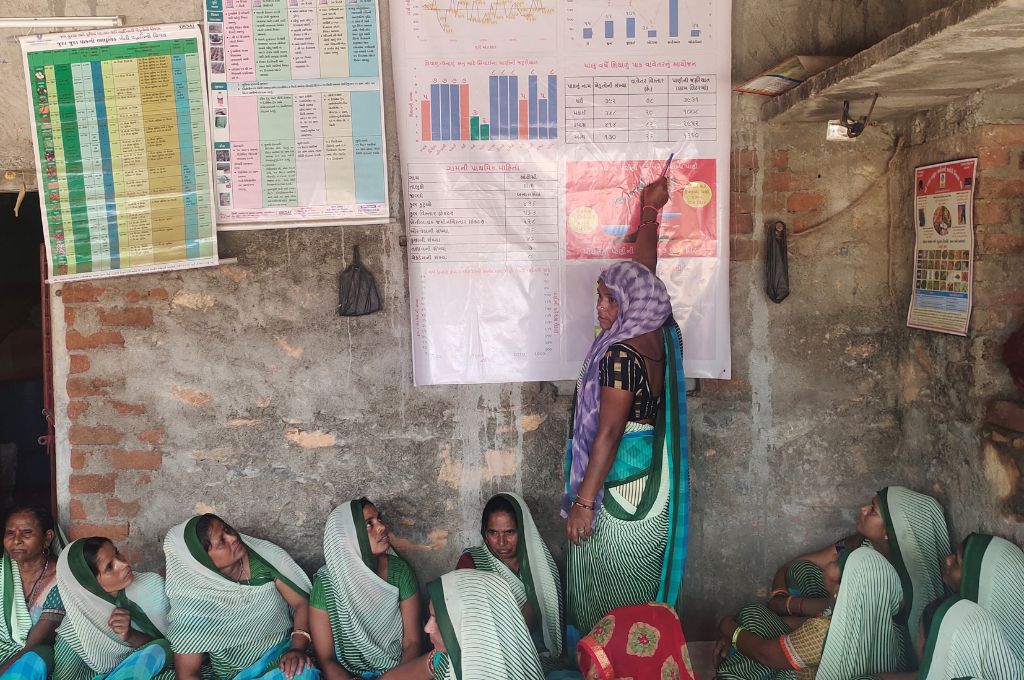
The Gujarat-based nonprofit Vikram Sarabhai Centre for Development Interaction (VIKSAT) works in the northern districts of the state, such as Banaskantha and Sabarkantha, that have limited groundwater potential due to years of the overuse of chemicals in agriculture, among other reasons. These districts are largely populated by tribal people who have small plots of land and limited means to invest in expensive irrigational measures.
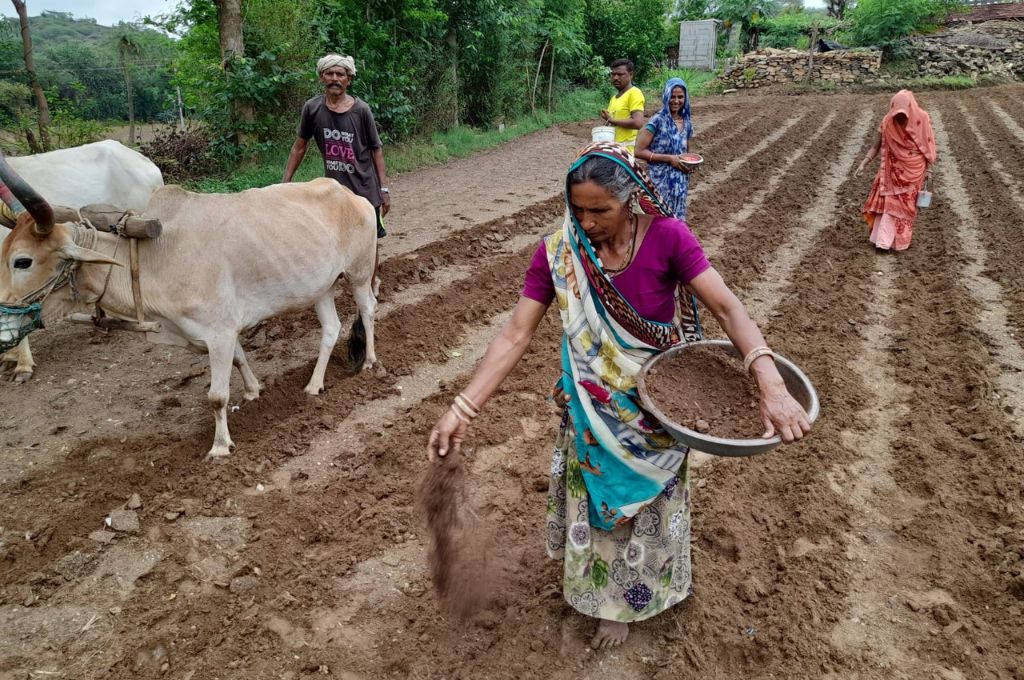
VIKSAT, which actively involves women farmers in its programmes, has designed a water budgeting exercise; as part of this, the communities maintain a scorecard to keep track of water use in the fields. This has enabled the farmers to leverage data to make collective decisions about farming and has also encouraged them to adopt water conservation techniques such as building field bunds and check dams. Over time, they have also shifted to water-efficient wheat varieties and have started using bio-fertilisers such as cow dung that enrich the soil.
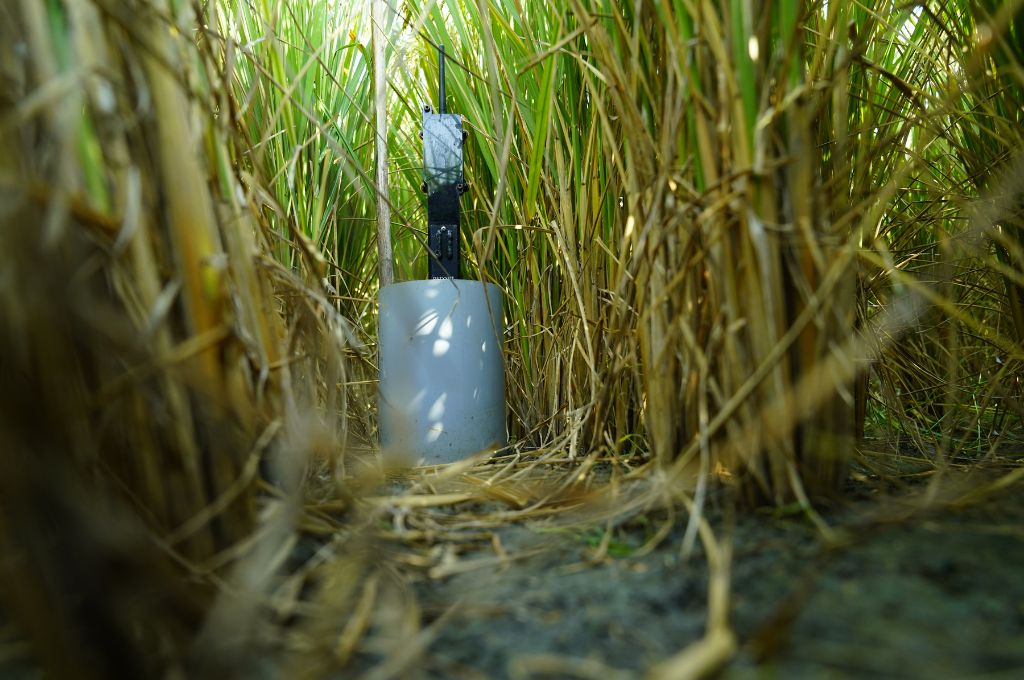
Agriculture is a critical driver of Punjab’s economy, with paddy and wheat—both water-intensive crops—grown extensively in the state. Over the years, this has contributed to depleting groundwater levels: 117 of 150 blocks in the state are overexploited.
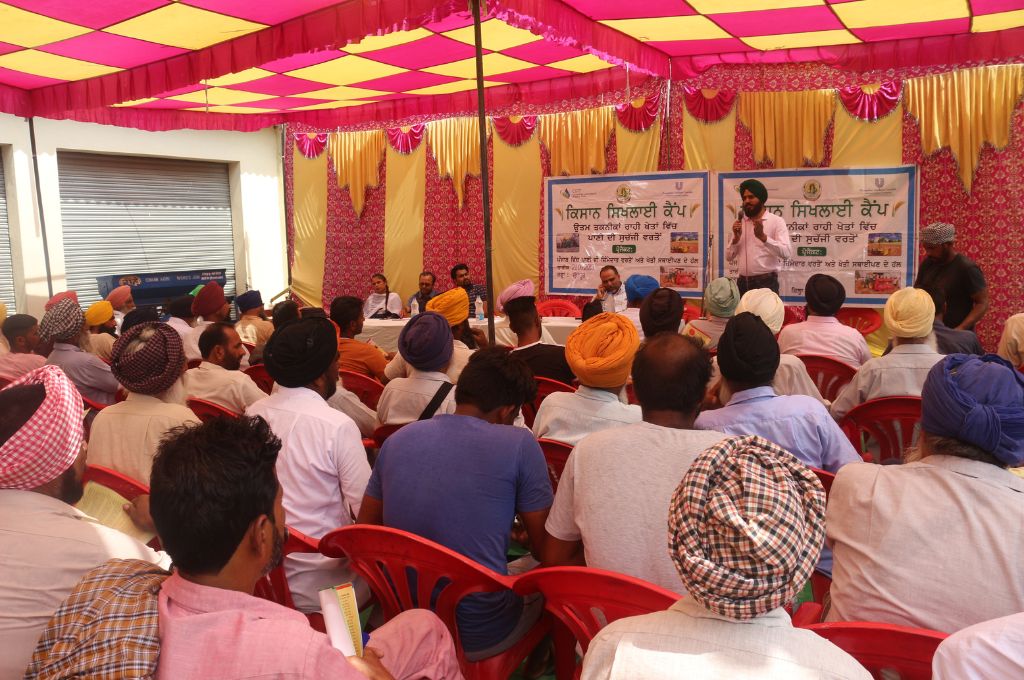
Centers for International Projects Trust (CIPT) works with farmer cooperatives in Punjab to promote solutions for the water-efficient cultivation of paddy and wheat, including the use of new technologies. They have, for instance, introduced IoT-based soil moisture sensors that estimate the amount of water needed. When the fields require water, the sensors send advisory text messages to farmers who then irrigate their fields based on these inputs. This helps conserve both water and electricity.
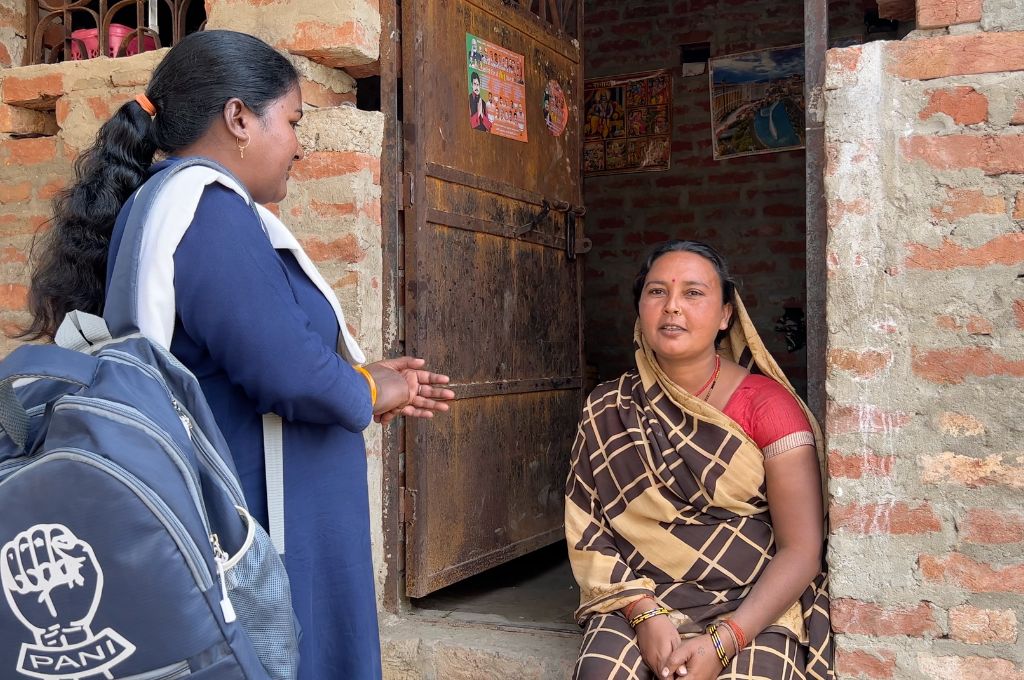
In Balrampur, an aspirational district in eastern Uttar Pradesh, agriculture is increasingly becoming an unviable form of livelihood for small and marginal farmers due to rising input costs and poor yields. People’s Action for National Integration (PANI) has trained an all-women cadre of agri-water professionals. The cadre supports these farmers to adopt simple yet innovative agricultural practices that use resources more efficiently and improve farmers’ yields and incomes. Farmers are encouraged to shift away from entrenched behaviours through a range of approaches—video dissemination sessions where they learn about new irrigation methods, field demonstrations that visualise these techniques, providing access to high-quality seeds, bio-inputs, market linkages, and more.
In an earlier version of this photo essay, the location of the second photograph was incorrectly captured as Binpur village, Jhargram district, West Bengal . This was updated on March 27, 2024, to reflect the accurate location.
—





